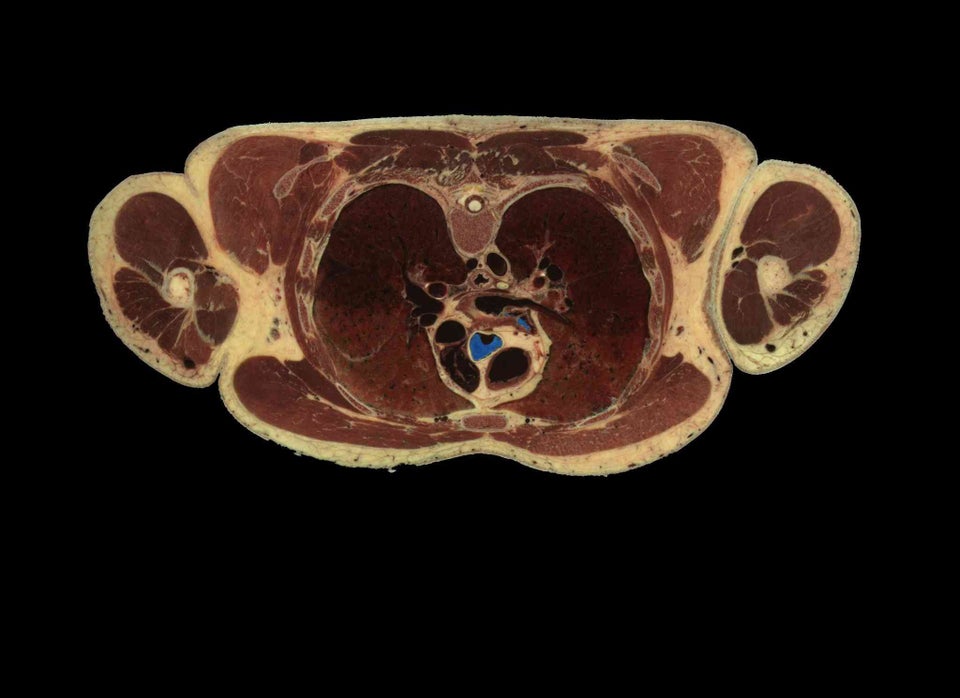You know they say nothing's certain in life, except death and taxes. Well, I have no interest in helping you with your taxes, but have you ever thought about what happens to our bodies when we die? Why do we bury them six feet under, or cremate them and release their ashes? And are these things good for a planet with seven billion living people and an estimated 100 billion that are dead and gone?
While some (okay, most) may seem bizarre, many alternative burial practices on the horizon aim to be safer for our planet. Check out the video above to learn more, and don't forget to leave a comment at the bottom of the page. Come on, talk nerdy to me!
Most of us have been to a funeral, and we've seen a coffin get lowered into the ground. But we don't really stop to think about what's happening inside that coffin--especially after weeks or months. Well, the World Health Organization released a european report on the impact of cemeteries on the environment and public safety that says, "Ideally, coffins and human corpses should decay rapidly and the products of decomposition become absorbed or oxidised quickly. Access of air and moisture can facilitate this situation."
But we all know that's not how burial works, at least not in the U.S. Most of the time, bodies are embalmed with chemicals like formaldehyde or glutaraldehyde to slow down decomposition. Then they're sealed up in a casket, and that's placed into another container called a burial vault. Pretty hard to become one with mother nature when there's cement, wood, rubber, steel, and embalming fluid protecting you from the elements.
And cremation is not much better. Yes, it’s low-cost, and it's presumed to have less of an environmental impact than burial. But it still requires fossil fuels to burn bodies, and greenhouse gasses and other pollutants are emitted from crematoria. And there's a growing concern about toxic metals, like mercury, that are released from dental fillings when they're incinerated.
But the future of death is upon us. Many efforts have been made lately to "green up" the funeral business. Like a new, scifi-sounding alternative called Aquamation, offered in Australia. In reality, Aquamation is a fancy word for alkaline hydrolysis, or resomation, and it's actually been used for some time to dispose of infected livestock and bodies donated to science.
It's a pretty simple process: the body is submerged in a mixture of water and potassium hydroxide for three or four hours at high temperatures. The solution breaks down all of the body's soft tissue, leaving only bones behind. But the bones are now soft, so they can easily be crushed into something similar to ash, in case the family wants to scatter the remains or store them in an urn. And this is pretty cool: since alkaline hydrolysis only targets organic matter, prosthetics like hip implants are left behind, in tact. They can be recycled or even donated to people who need them, but can't afford to buy them new. And apparently, if the leftover liquid is treated with enough citric acid, it's neutralized and rendered safe enough to pour over a garden. The best part? It's proponents claim it uses only five to ten percent of the energy that cremation does.
But if the idea of being liquefied isn't your speed, maybe you'd rather be frozen in liquid nitrogen? You remember in school, when your science teacher would dip all sorts of things in that steamy brew and then smash them to bits? They were trying to teach you about states of matter, but really they just wanted an excuse to show off their skills with a hammer. But I digress. It turns out, one organic burial option is to have your body frozen in liquid nitrogen. Then high-amplitude vibrations basically shatter your body into a powder. Water is evaporated away, and the dry powder can be disinfected and laid in a corn starch coffin. Au Naturale.
And if ashes to ashes and dust to dust just doesn't cut it for you, you can actually be made into a diamond. Seriously. Like, Superman style. I mean, you are 18 percent carbon. And diamonds are forever, or so they say. You do the math.
So how do you want to become one with the Earth after your trips around the sun have come to an end? Let me know on Twitter, Facebook, or leave your comments right here on The Huffington Post. Come on, talk nerdy to me!
See all Talk Nerdy to Me posts.
Like Cara Santa Maria on Facebook.
Follow Cara Santa Maria on Twitter.
